
Building an empire takes centuries of blood, sweat, and conquest. Losing one? That can happen in a single brutal generation. Some of history’s most feared rulers watched their legacies crumble within decades of reaching peak power. Their ancestors would roll over in their graves. Here are the ten empires that mastered the art of epic failure.
Qin Dynasty (China)

The Qin Dynasty shows how quickly power can vanish. Qin Shi Huang, China’s first emperor, united the warring states in 221 BCE and even gave the nation its name. But his obsession with grand projects and widespread corruption fueled rebellions. And the once-mighty dynasty collapsed completely by 206 BCE.
Romanov Dynasty (Russia)
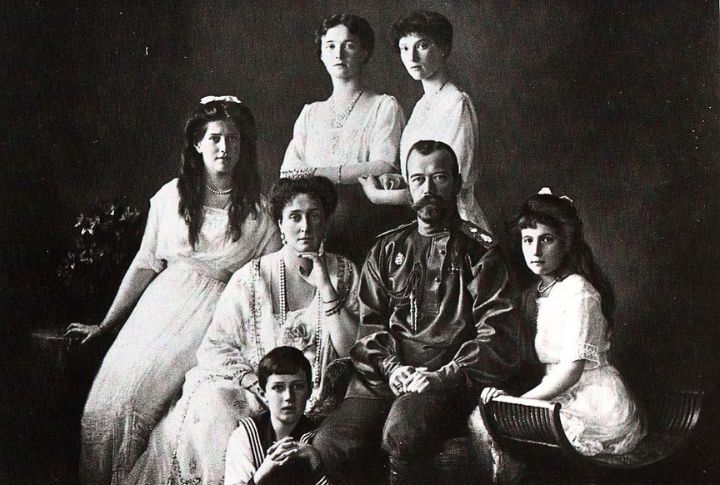
For three centuries, the Romanov Dynasty shaped Russia’s future. Yet the reign of Nicholas II, Russia’s last ruler, destroyed it all in one generation. Forced to abdicate in 1917, he and his family were executed shortly thereafter. Their passing erased the dynasty completely, ending 300 years of rule in a single stroke.
Neo-Inca State / Hanan Qusqu Dynasty (Vilcabamba)

The mighty Inca Empire didn’t go down without a fight. After their capital fell, survivors retreated to Vilcabamba, a remote mountain fortress where they held out for decades. However, when the Spanish finally captured and executed their last ruler, Tupac Amaru, in 1572, an entire civilization vanished overnight.
Shun Dynasty (China)
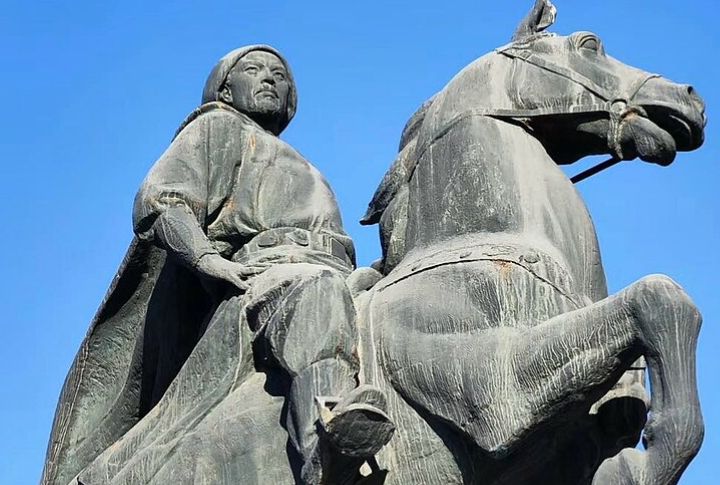
Li Zicheng went from delivering mail to ruling China. This former postal worker rallied peasant rebels to topple the Ming Dynasty and proclaim the short-lived Shun Dynasty in 1644. His reign? Only months. The incoming Qing forces quickly ensured his empire collapsed as fast as it was born.
House Of Atahualpa (Inca Empire)
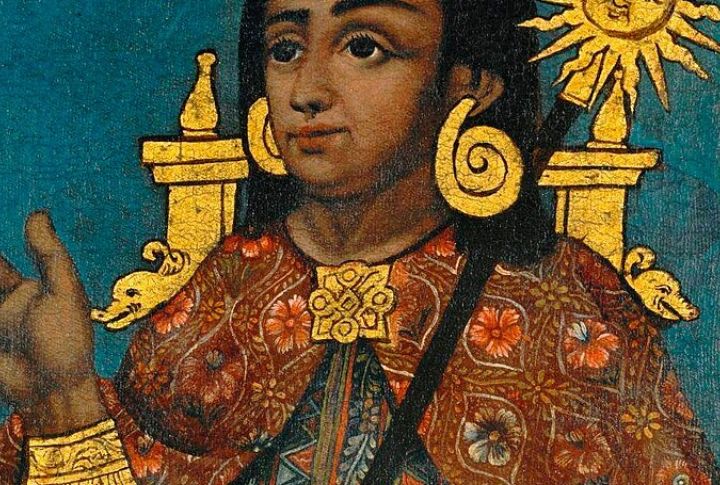
Atahualpa, the last Inca ruler, tried everything to save his empire. He offered Spanish conqueror Francisco Pizarro a room stuffed with gold and silver, treasure beyond anyone’s wildest dreams. The Spanish took every bit, then killed the last Inca ruler anyway in 1533. One of history’s greatest empires simply disappeared.
Gordian Dynasty (Roman Empire)
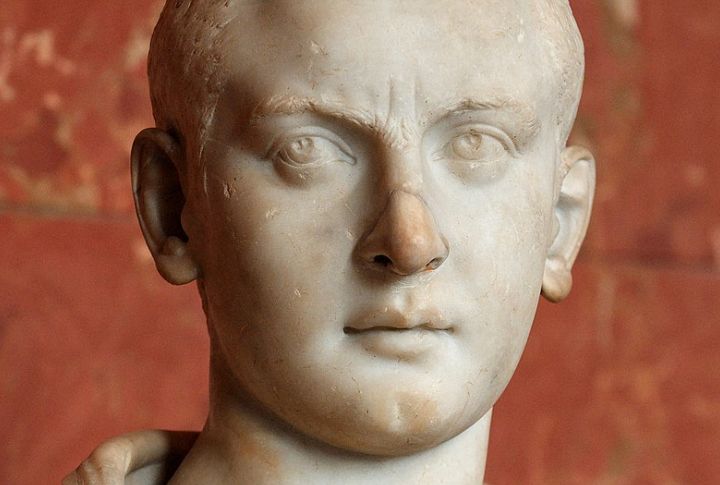
Few families faced a worse fate than the Gordians, a short-lived Roman imperial family. When Gordian II passed away in 238 AD, thirteen-year-old Gordian III became emperor of chaotic Rome. The kid battled enemies and crises constantly. His downfall in 244 AD ended their dynasty after just six terrible years.
Balhae (Parhae) Ruling House
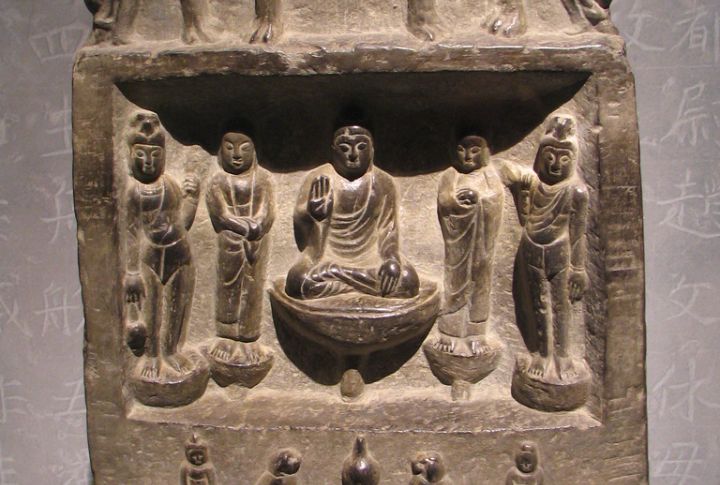
For hundreds of years, Balhae was a success story—a multicultural kingdom that controlled huge chunks of Manchuria and Korea. Then the Khitans showed up in 926 and destroyed everything. The royal family was gone overnight. Surviving nobles ran to Goryeo, and that was it for Balhae.
Later Jin / Eastern Jin (China)
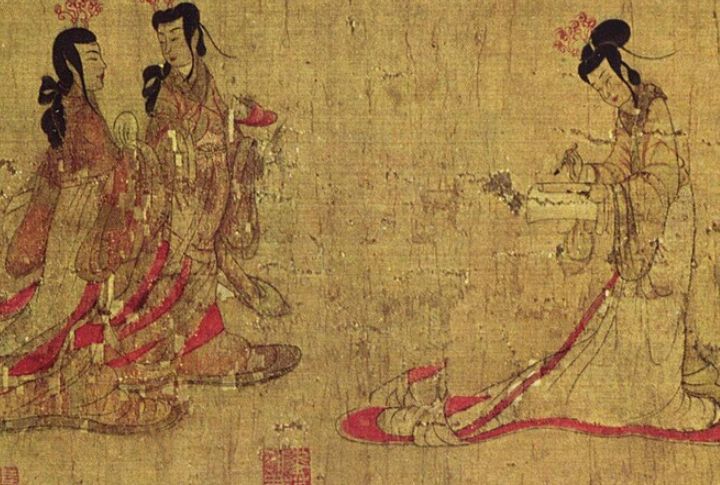
The Eastern Jin Dynasty was ruled by the powerful Sima family in Jiankang, a city now called Nanjing. Known for its poetry and refined culture, the dynasty looked impressive but was fragile inside. By 420 AD, its last ruler, Emperor Gong (Sima Dewen), was forced to step down and bring the dynasty to a close forever.
Zagwe Dynasty (Ethiopia)

In medieval Ethiopia, two royal lineages vied for legitimacy: the Zagwe Dynasty, tracing its roots to Moses’ father-in-law, and the Solomonic line claiming King Solomon’s blood. Though the Zagwe rulers proved their worth by creating Lalibela’s magnificent rock-hewn churches, their authority eventually crumbled. In one decisive battle, Yekuno Amlak, a Solomonic prince, defeated them.
Sargonid Dynasty (Neo-Assyrian Empire)

The Neo-Assyrian Empire reached its peak under the Sargonid Dynasty, a ruling family named after King Sargon II. Its most famous ruler, Ashurbanipal, created a great library in Nineveh, the empire’s capital. However, after his demise, weakness spread. In 612 BC, the Babylonian and Median armies destroyed Nineveh, ending the dynasty.

